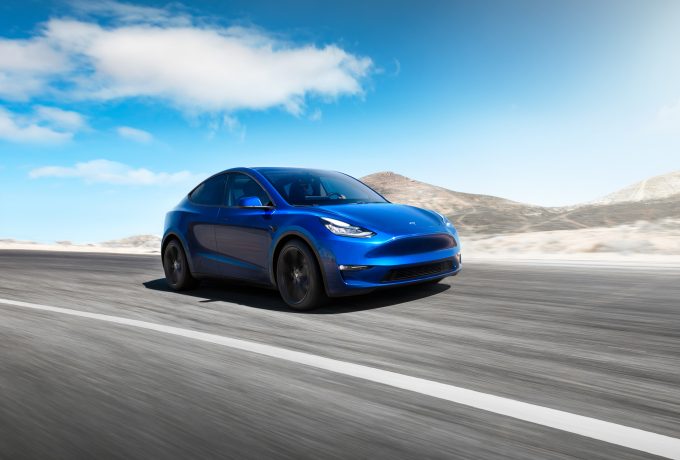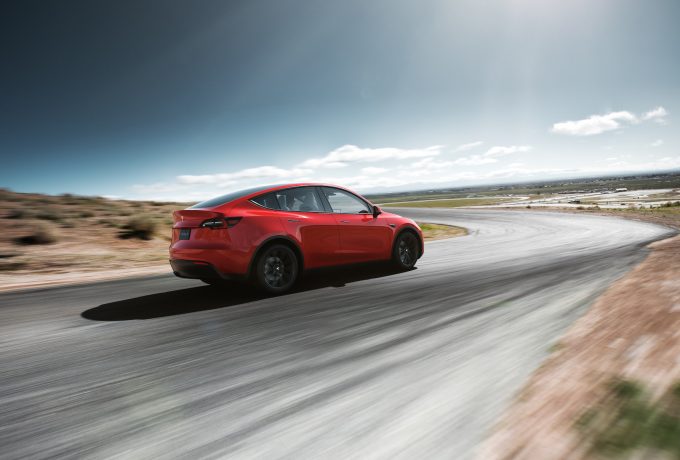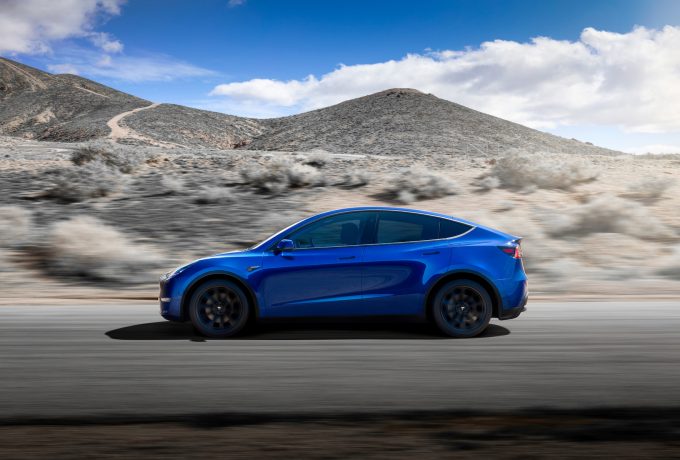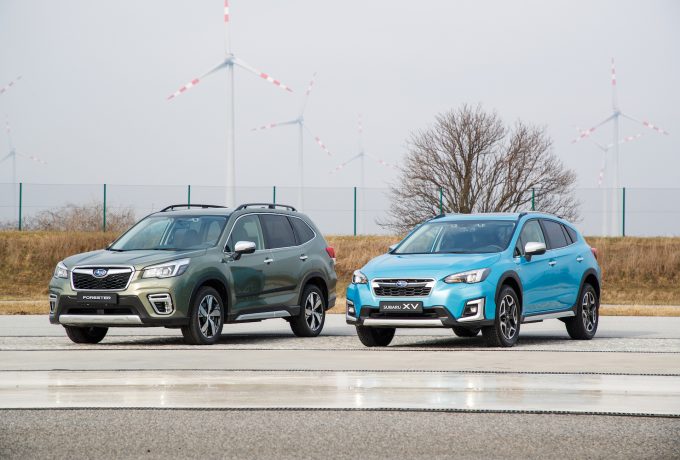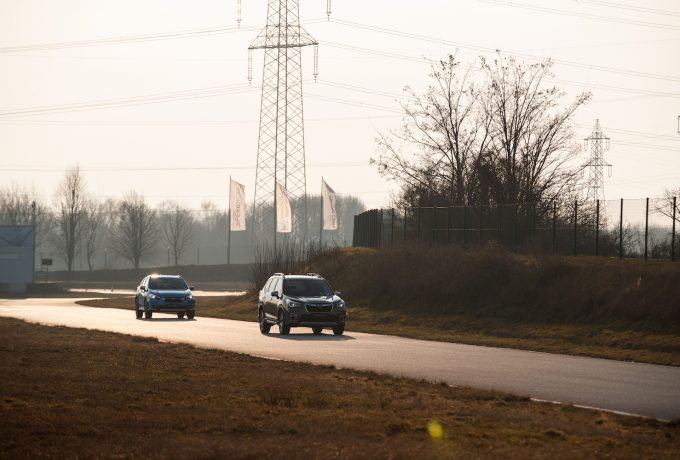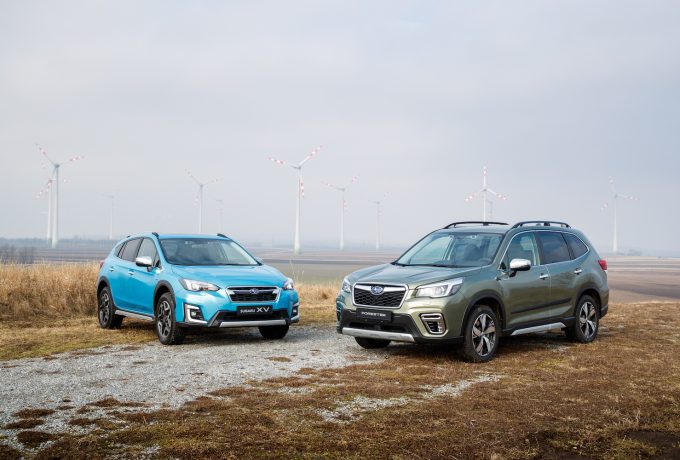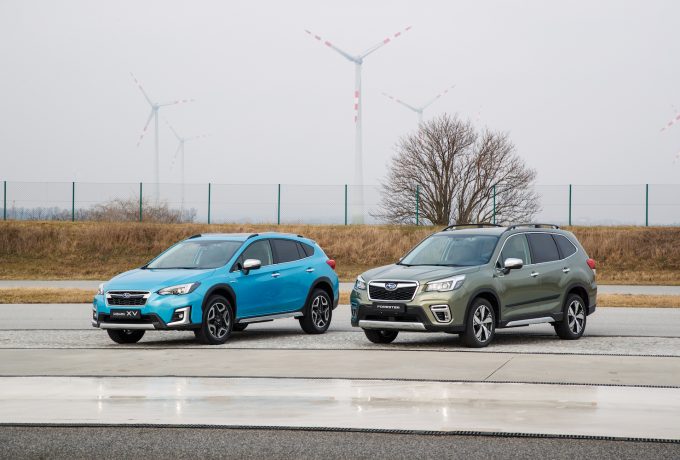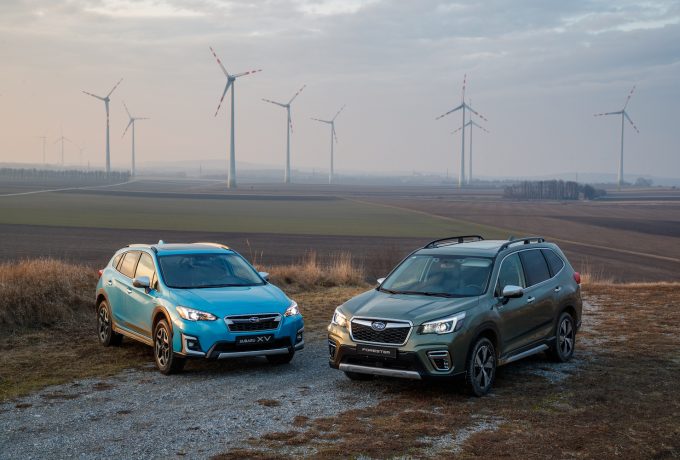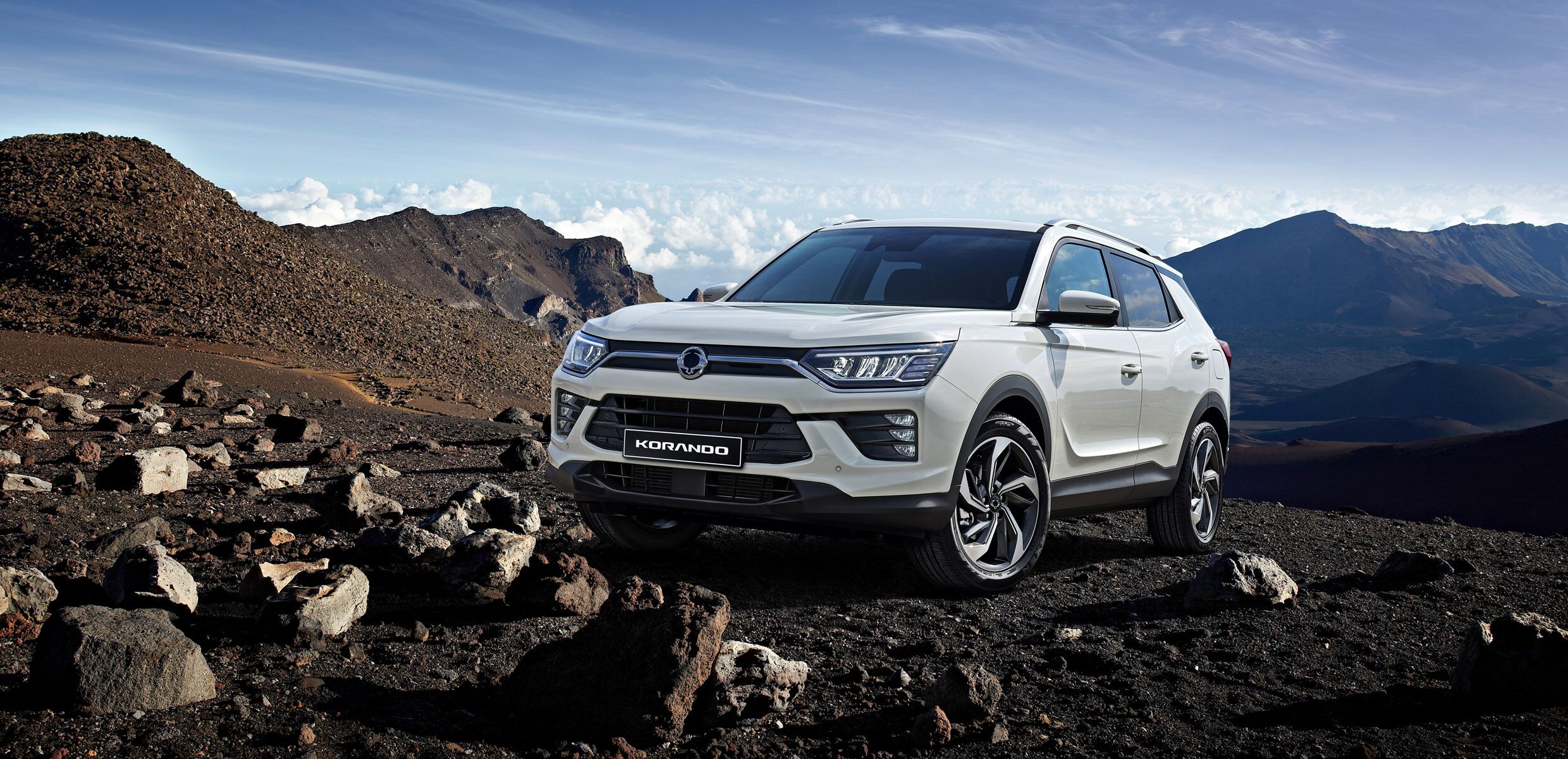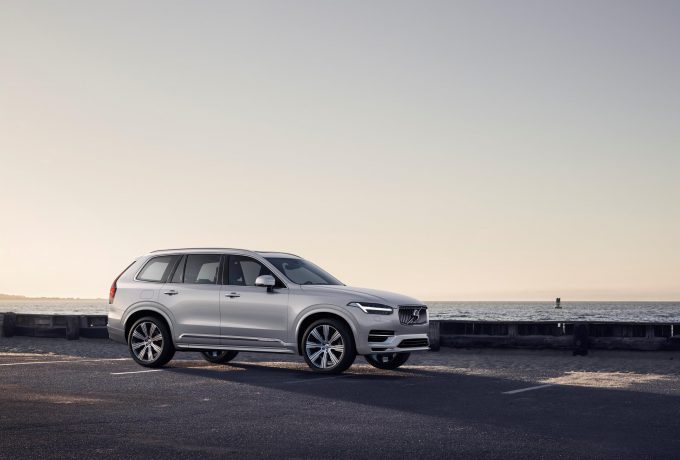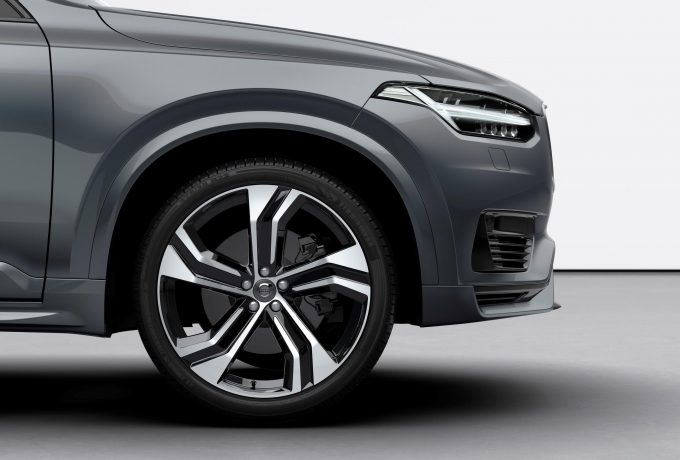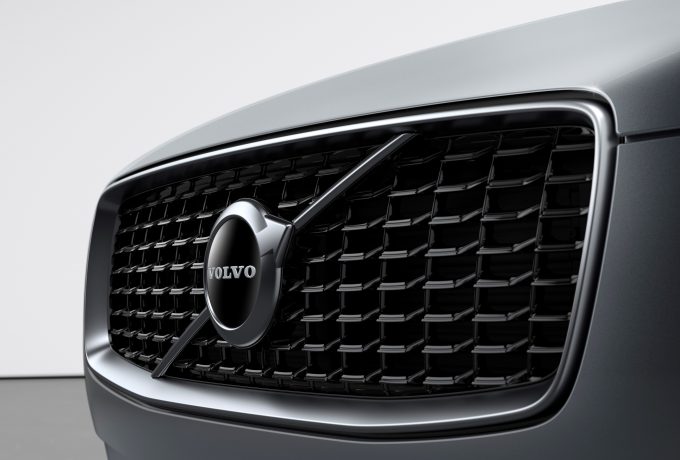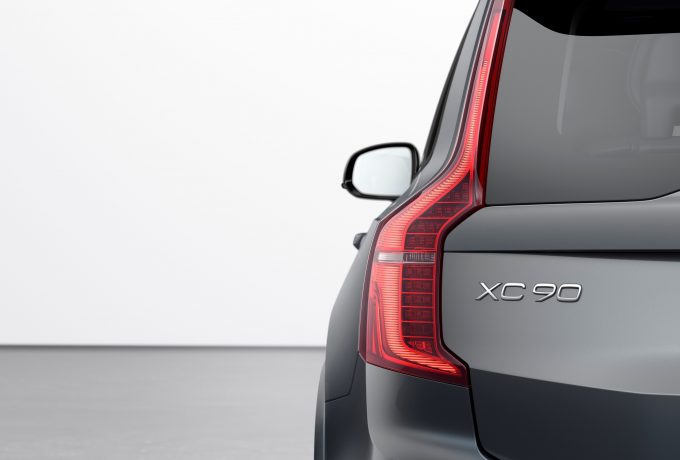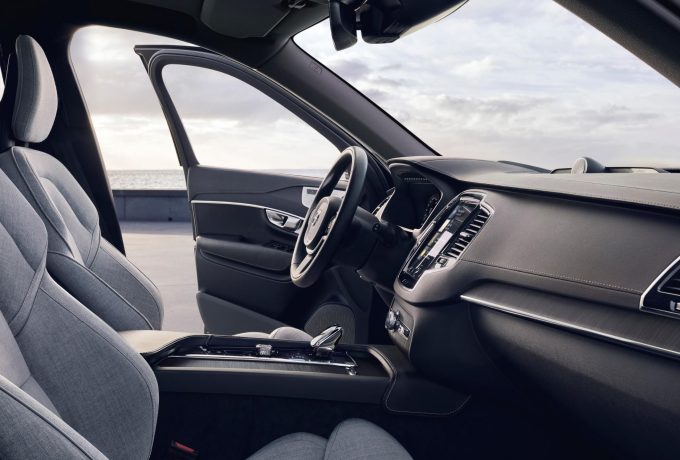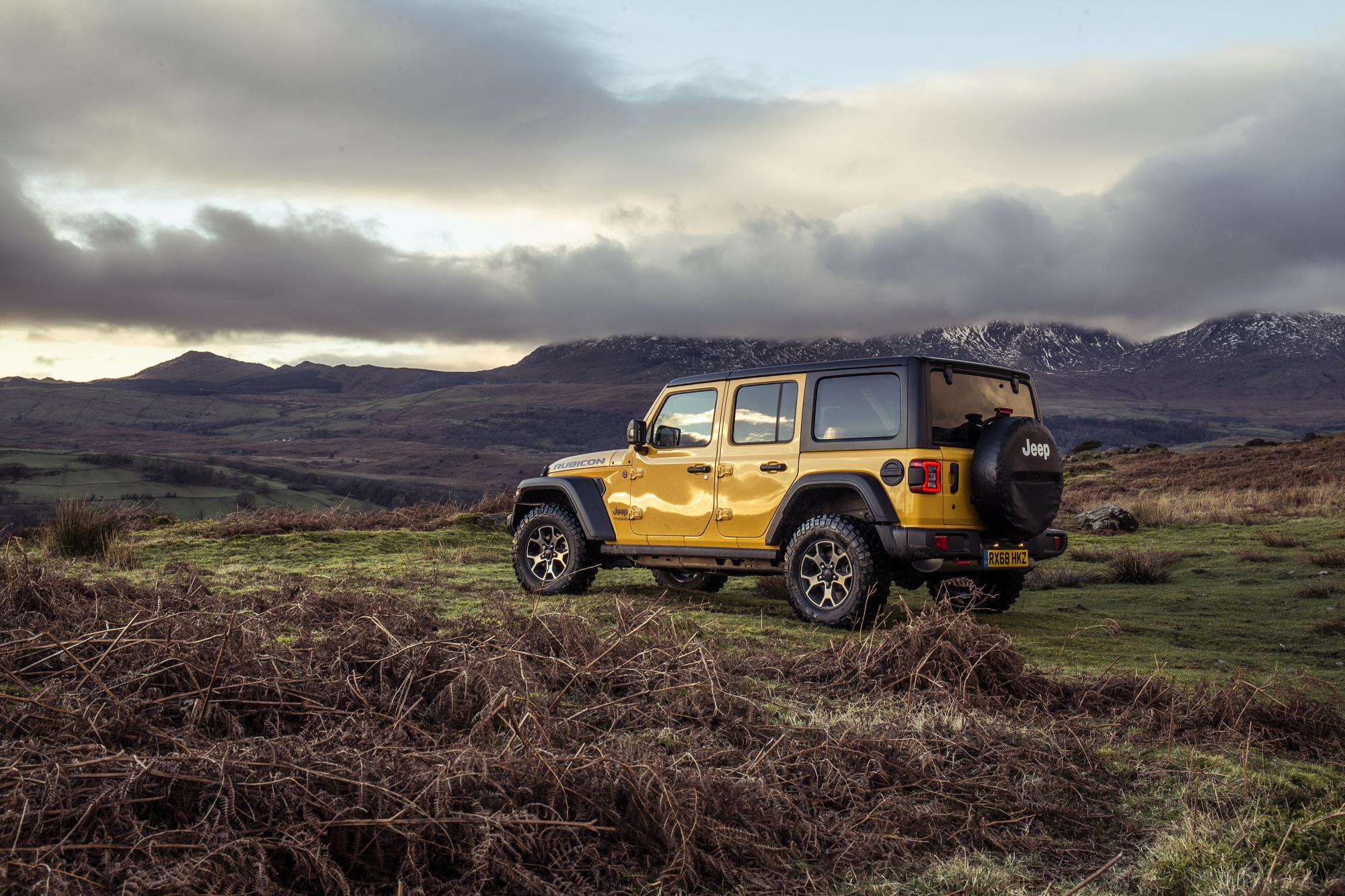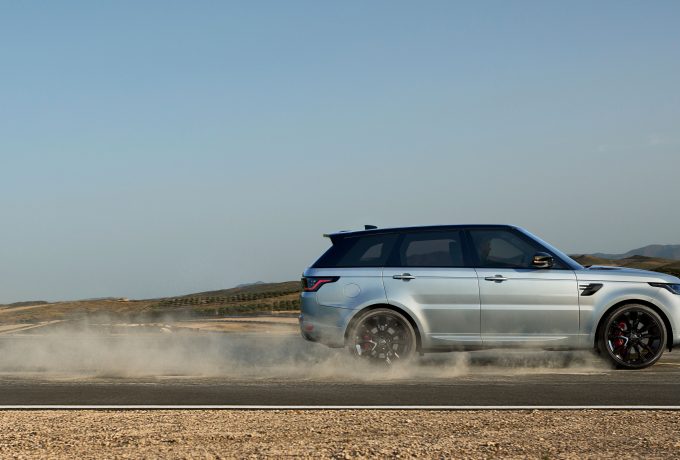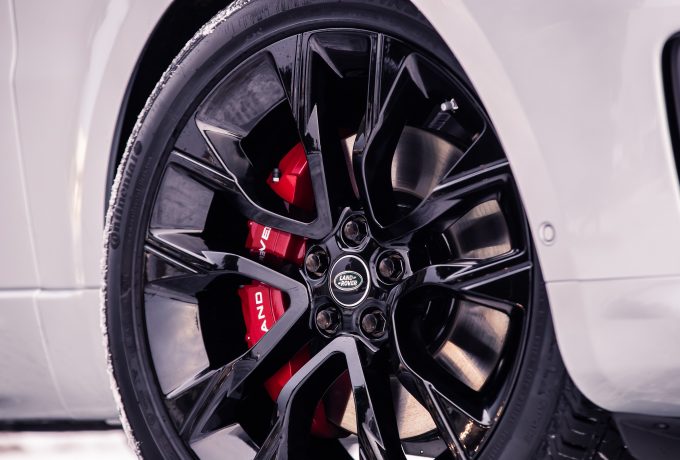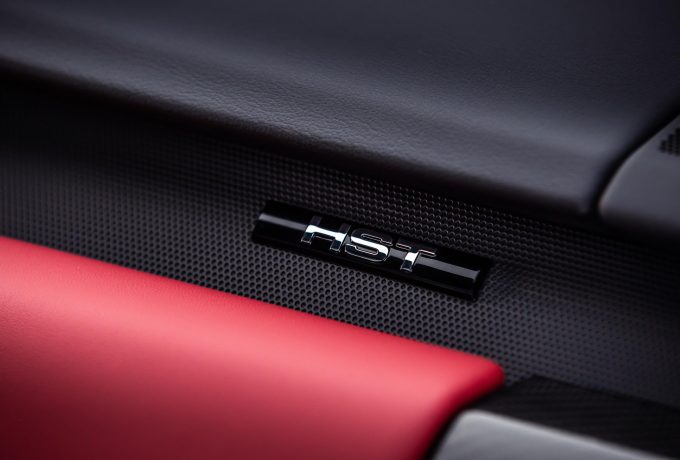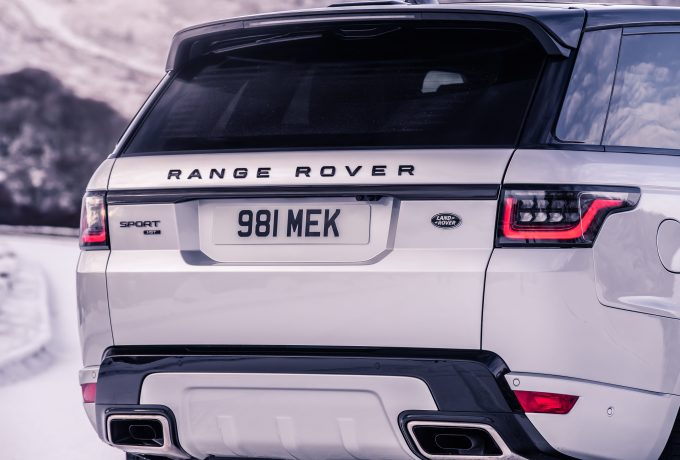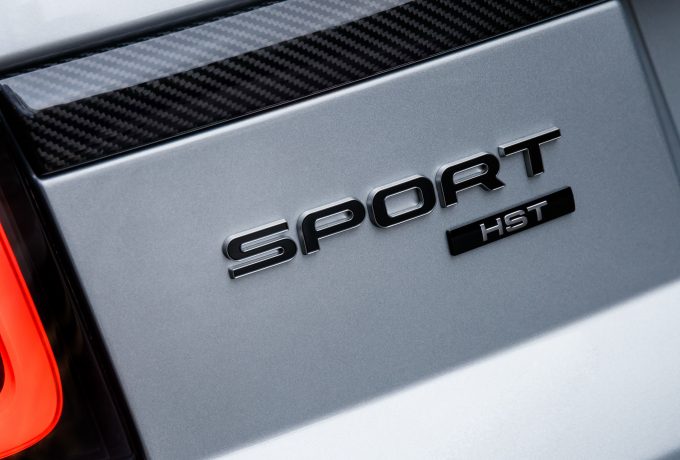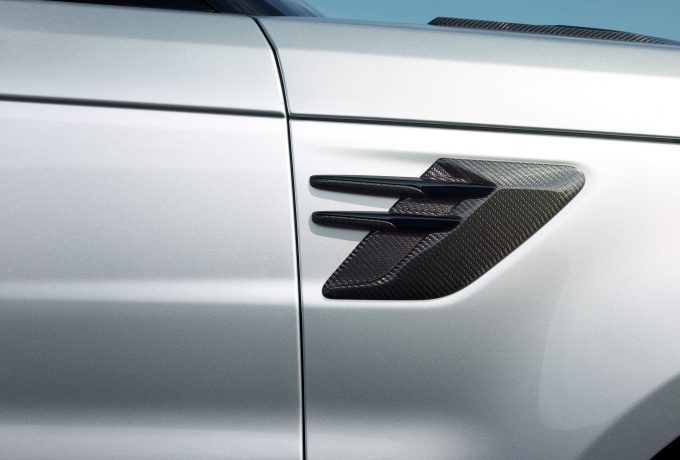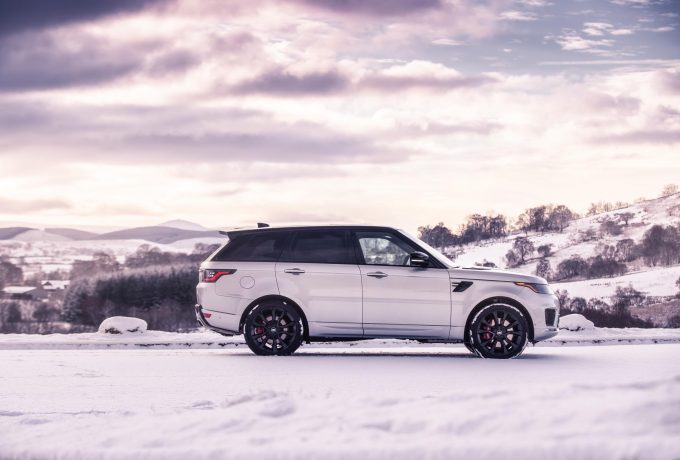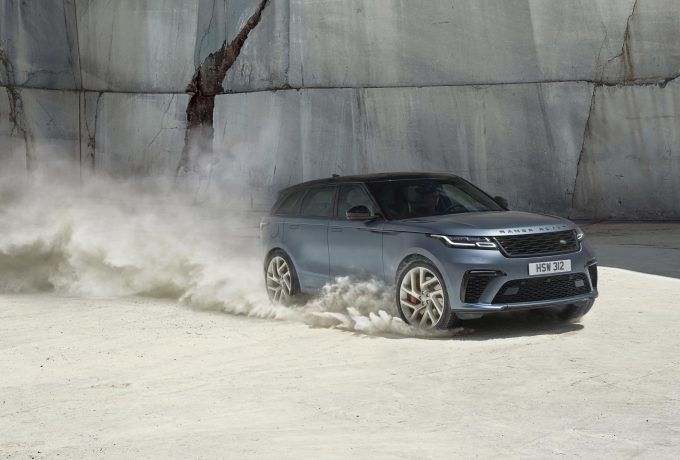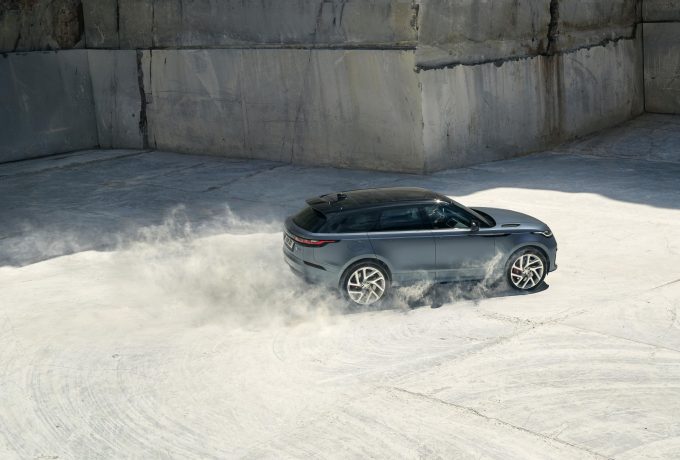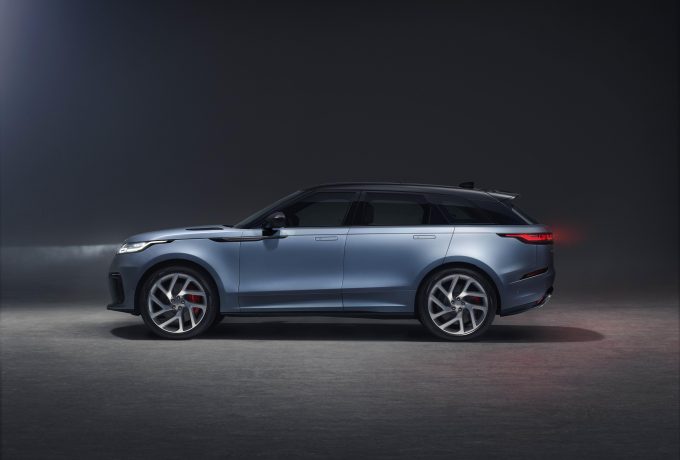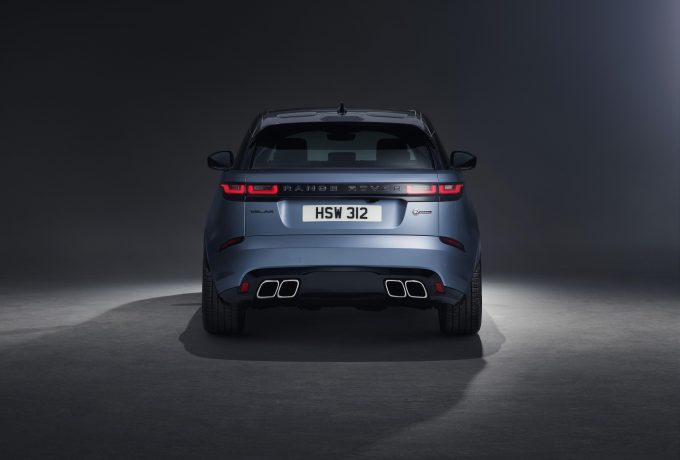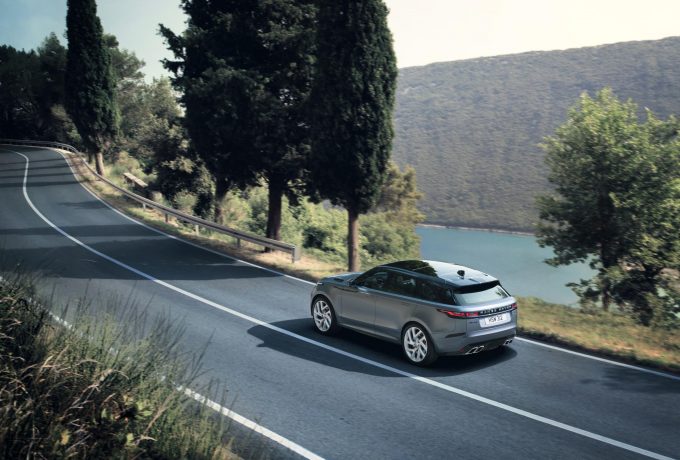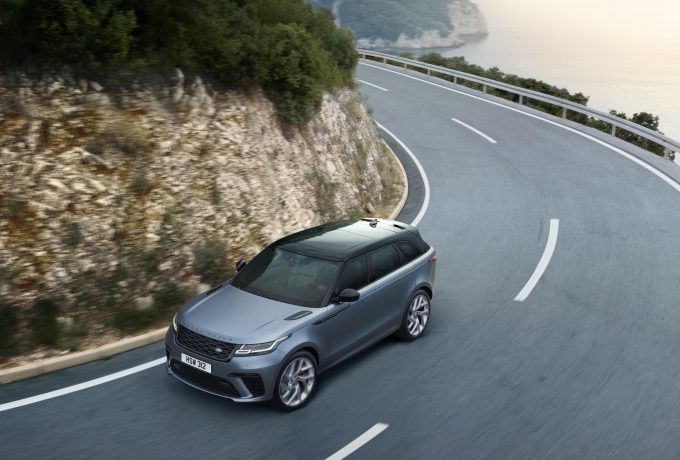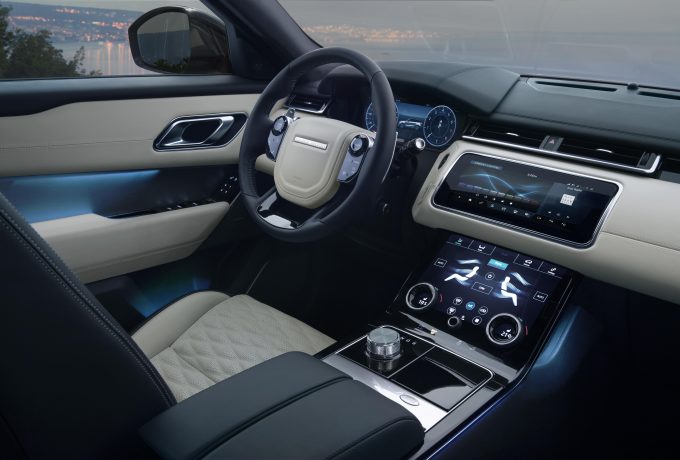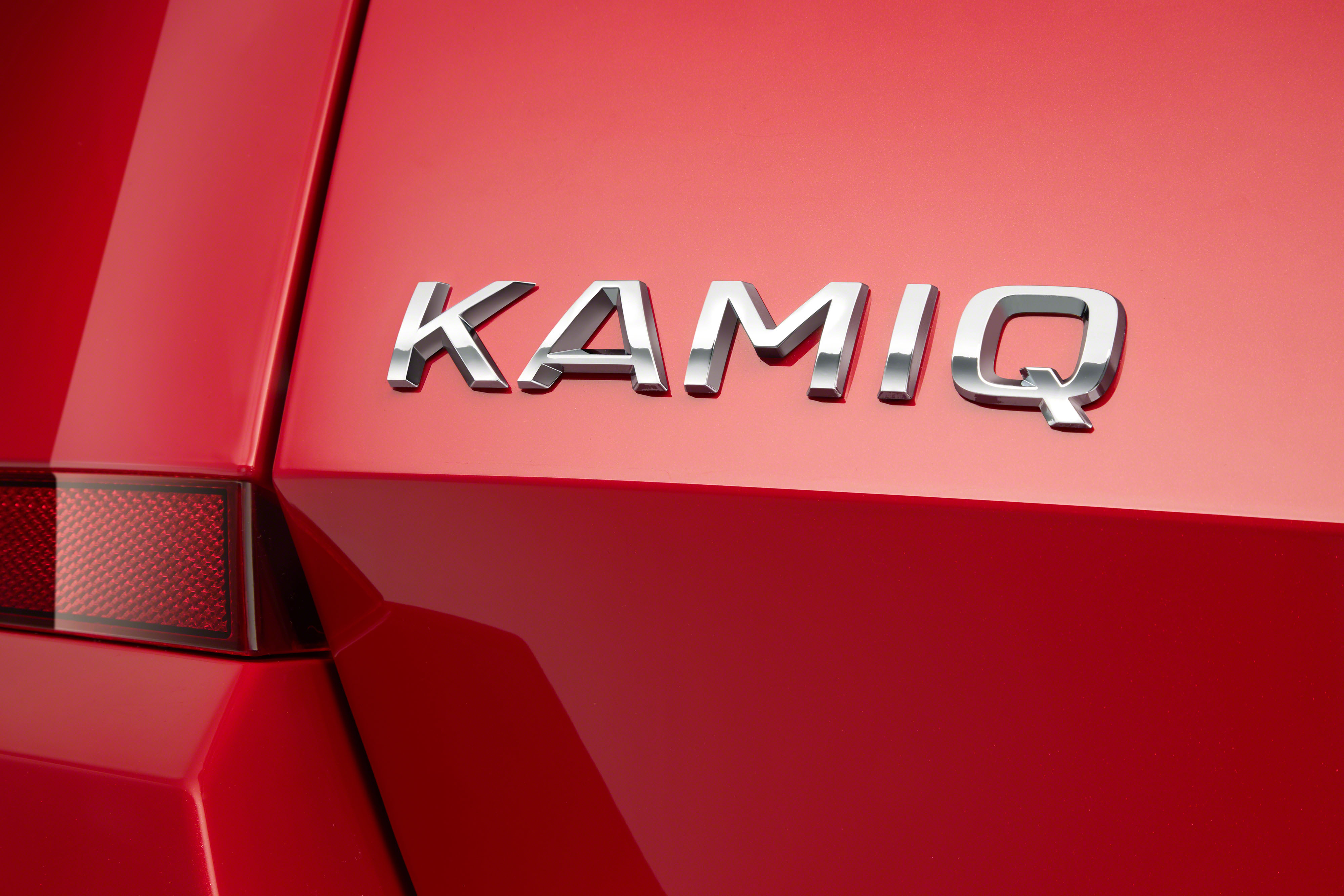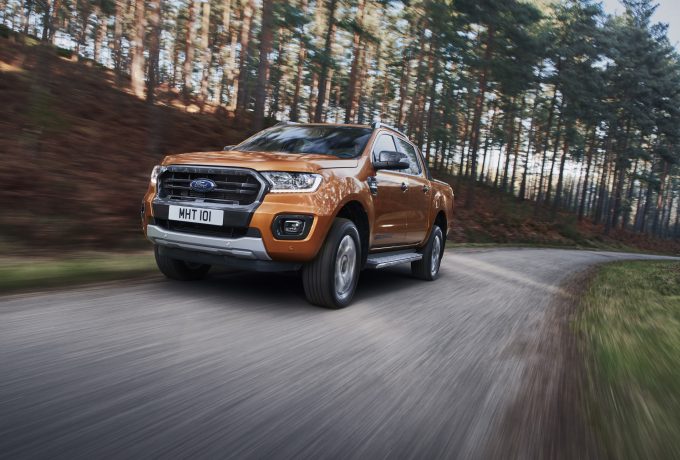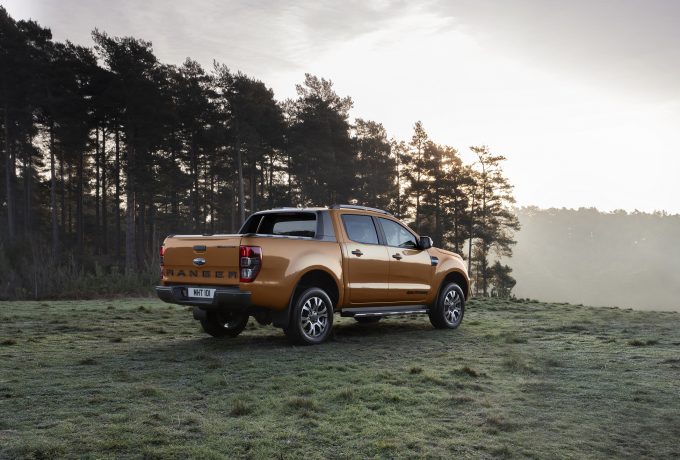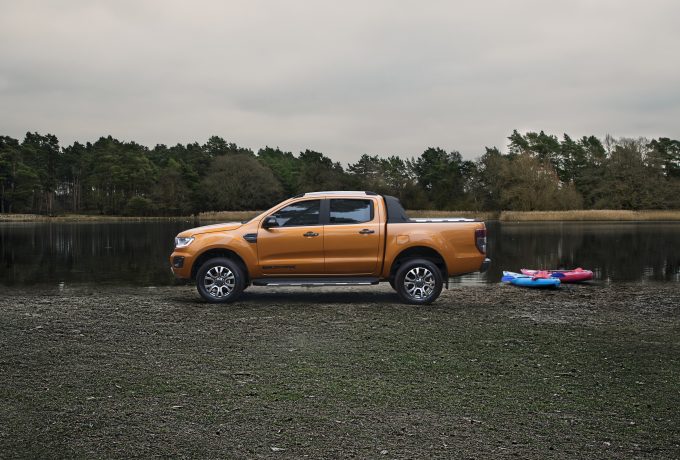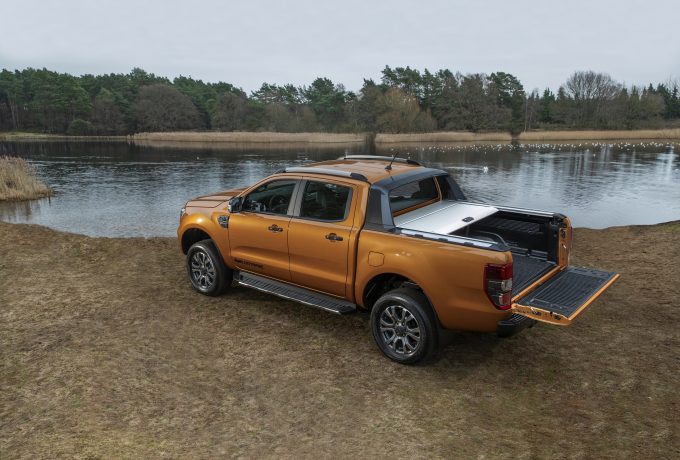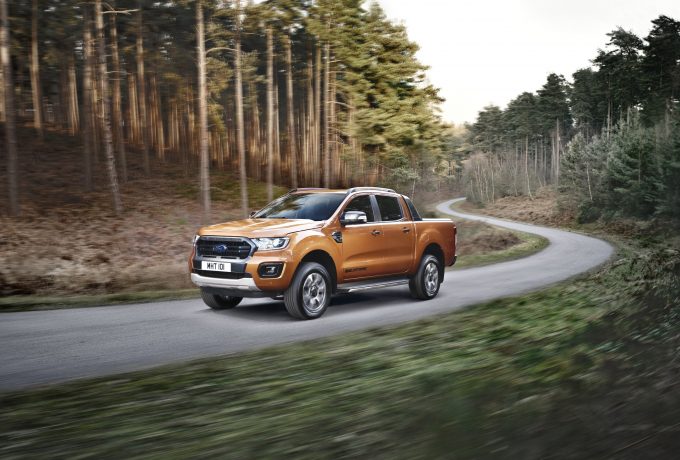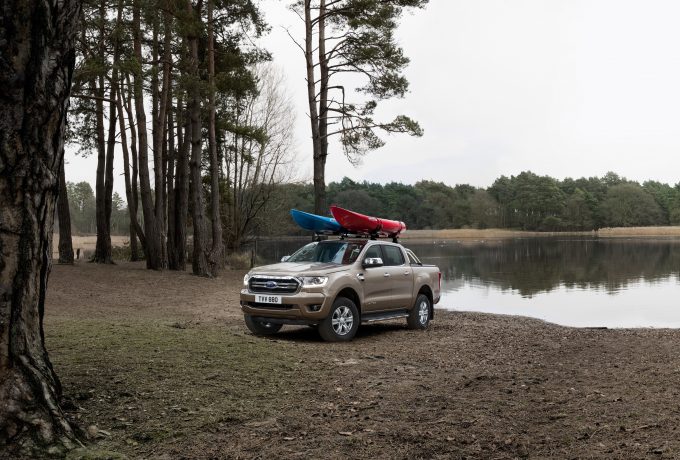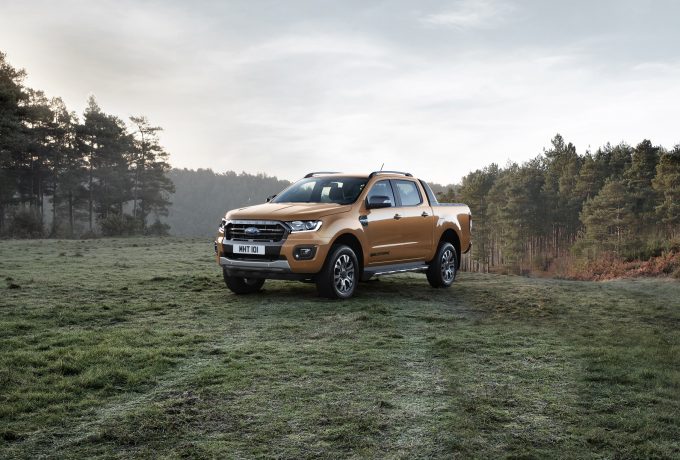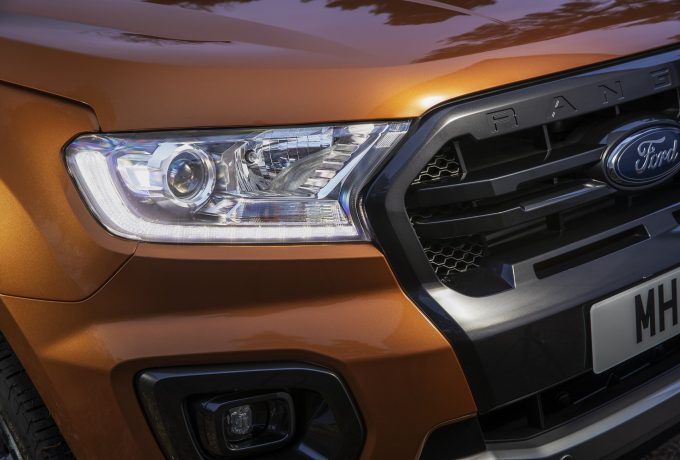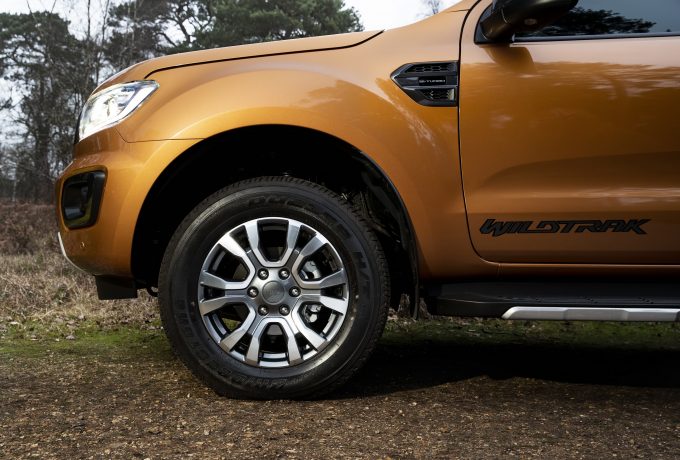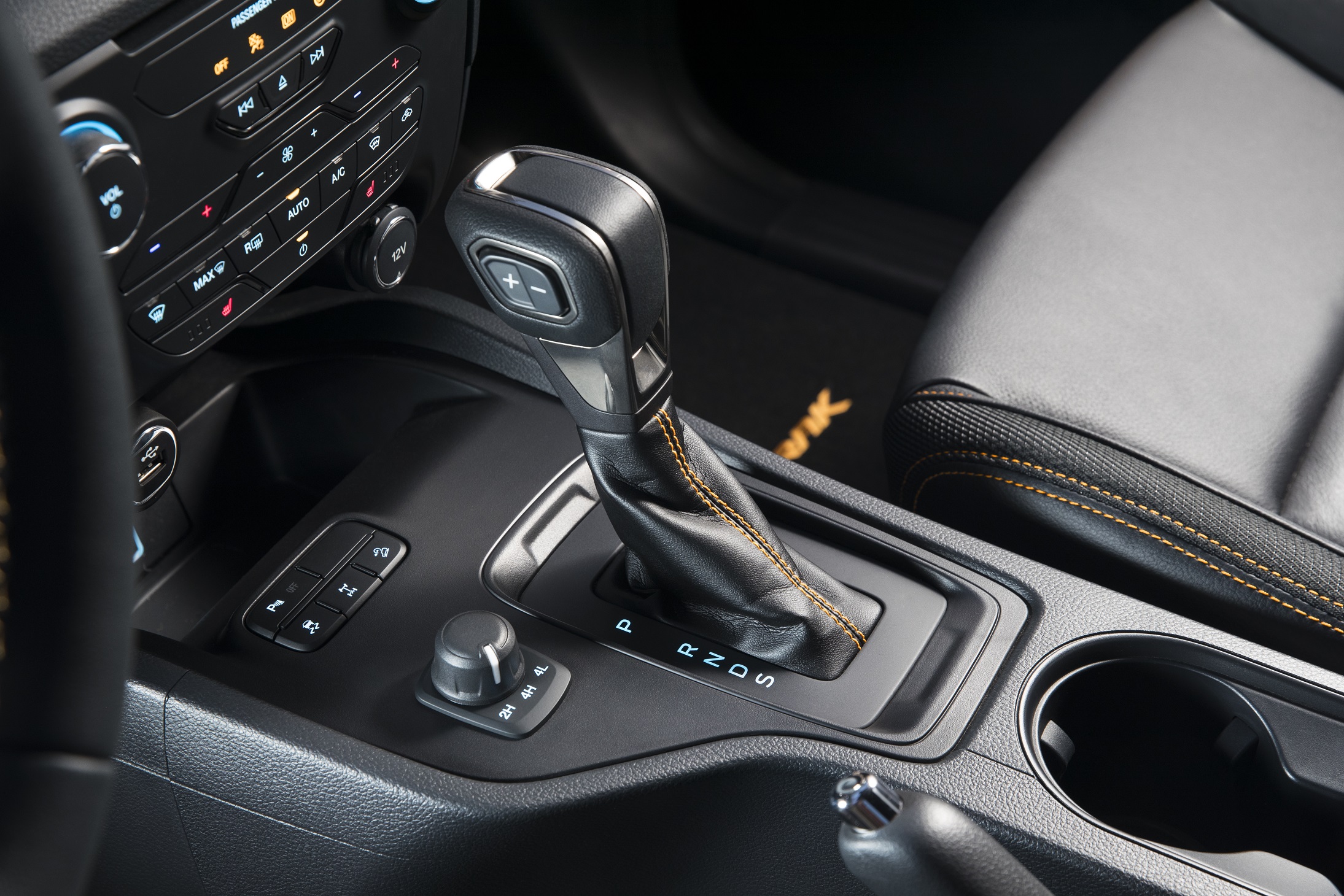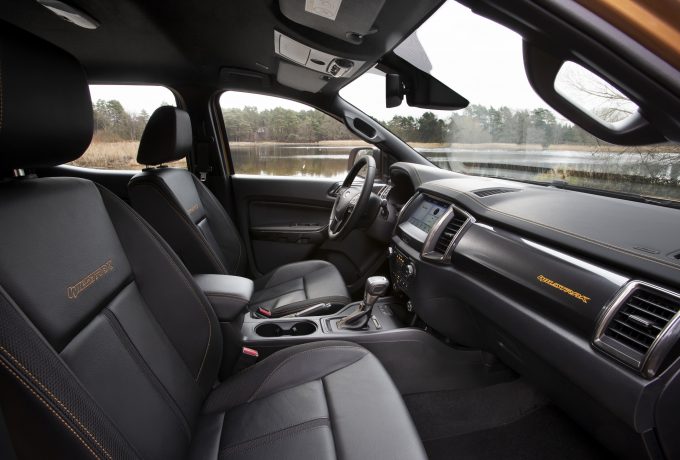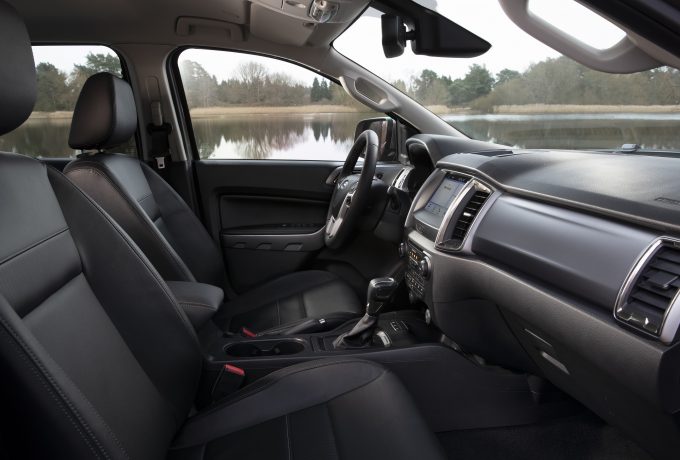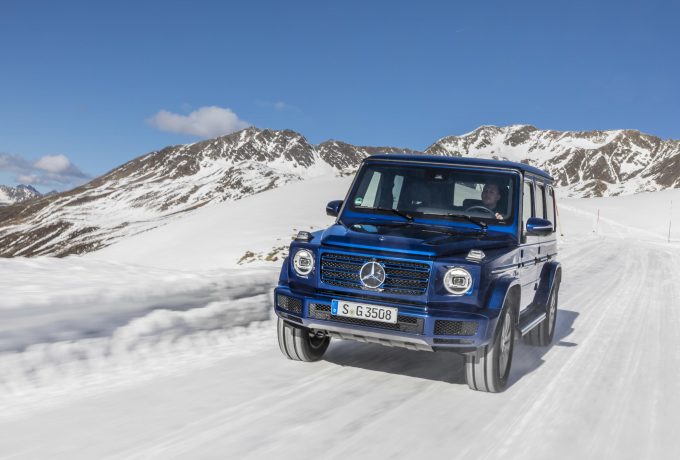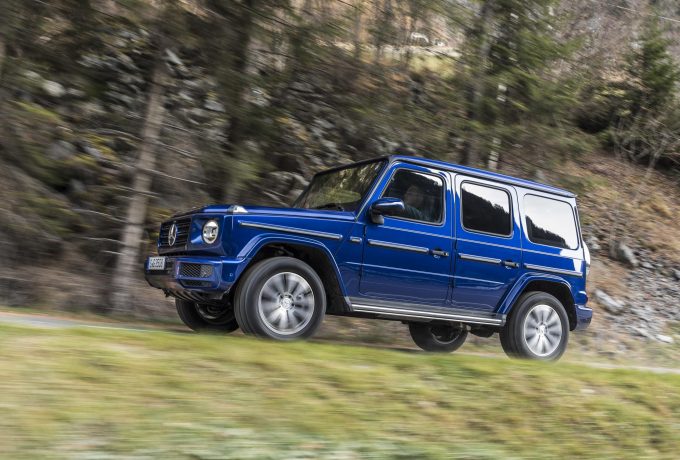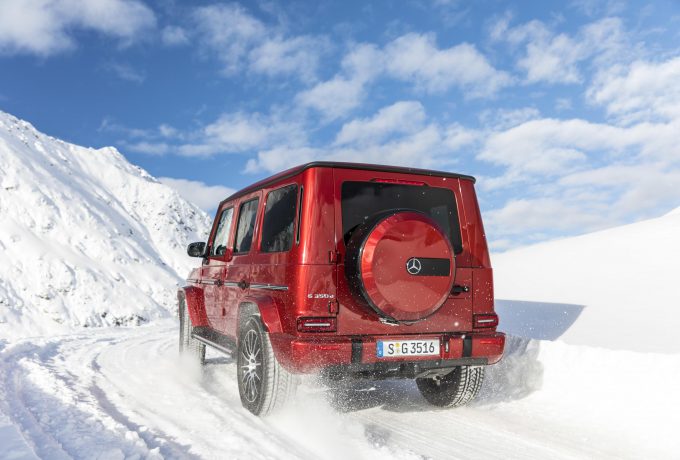At the Geneva Motor Show this morning, Subaru revealed their all-new e-Boxer XV and Forester models.
Subarus have always been made to a set few criteria – to be safe, fun and tough – whether that be a snarling blue saloon with gold wheels or their ever-dependable SUVs. But with this announcement, they are bringing their first electrified models to the market.
Combining a 2.0-litre diesel boxer engine, a trademark unit that has been specifically tuned for each model, with an electric motor assisting the Lineartronic gearbox and a rear mounted lithium ion battery, the new powertrain has been engineered to maintain the superb safety scores of Subaru’s Global Platform whilst also improving efficiency.
In city driving situations, the e-Boxer uses 11% less fuel than its 2.0-litre petrol stablemate, and it can be used in a full EV mode at certain times. The system is a mild-hybrid setup, that will assist the engine using electric power in tougher situations, and also takes the opportunity to recharge where possible.
The electric aspects also increase acceleration response, and the fact that the engine isn’t working alone means that it is quieter, too.
The new powertrain also protects the ride quality of the existing models, and having driven it ourselves at an exclusive preview, we can confirm that the electrified powertrain only enhances the ride of both XV and Forester models.
The additions included in the e-Boxer upgrades only see 25kg added to the overall weight of the both the XV and Forester, and the mild hybrid models also match the luggage capacities of standard models, weigh just 1,100kgs more and can also to 1,270kg – just 130kg below the best full combustion models.
In the development of the e-Boxer, Subaru consulted their loyal customer base and ascertained that a full hybrid was not what their clientele wanted at the time. Their long-term plan, however, is to go straight from mild-hybrid to full-electric vehicles as the market demands.
The new e-Boxer models feature the same X-Mode as all of the latest Subaru 4x4s, and in our brief but exclusive preview, the battery enhanced powertrain was impressive off-road and retained usability and comfort on the road.
Safety features are also at the forefront of the e-Boxer models, with not only the ever attentive and protective Eye Sight system installed, but other features like automatic reverse braking and facial recognition enhancing the driving experience. Once the facial recognition system is initialised, the car will recognise the driver and align the driving position to his or her pre-set position.
The e-Boxer models can be expected in the UK later this year, and pricing and UK relevant specs should be expected in due course.

